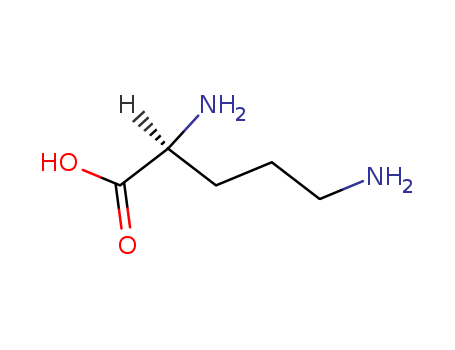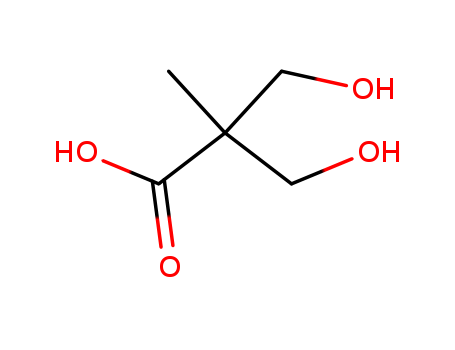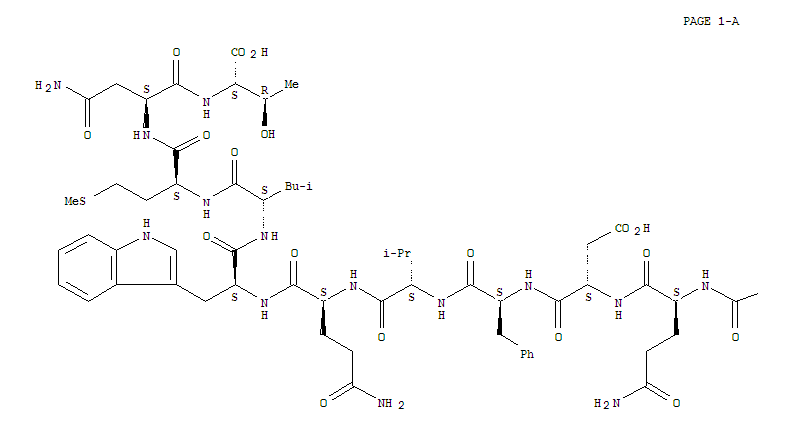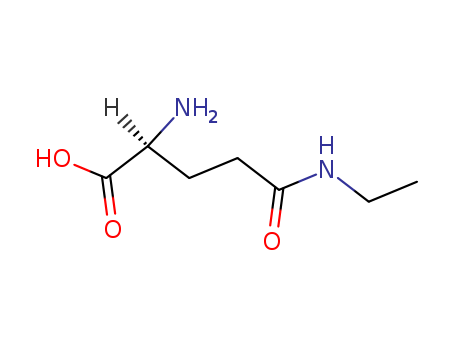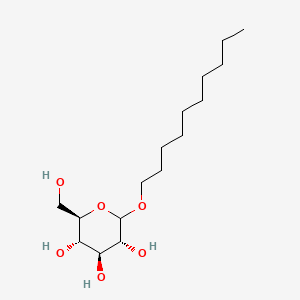|
Physical and chemical properties
|
Refined squalane is a colorless, odorless, inert and transparent oily viscous liquid. Slightly soluble in methanol, ethanol, acetone and glacial acetic acid. It is miscible with benzene, chloroform, carbon tetrachloride, petroleum ether, ether, mineral oil and other animal and vegetable oils. The relative density (15 °C/ 4 ℃) 0.812, refractive index (15 ℃) 1.4530, iodine value 0 ~ 5, saponification value 0 ~ 5, acid value 0 ~ 0.2, freezing point -38 ℃, boiling point 350 ℃. It is stable in the air, but can be slowly oxidized upon the action of sunlight. Sebaceous glands can synthesize squalene. Sebum contain squalene at a content of 1% in children and up to 10% in adult; sebum contains a squalane mass fraction of about 2%. Its permeability, lubricity and breathability is better than other fats, matching well with most cosmetic raw materials.
|
|
Squalane application
|
Squalane is widely used as a cosmetic base and finishing cosmetics, precise machinery lubricants, perlite agent of medical ointment and advanced soap. Squalane is a natural product, being inert and non-toxic. It has good affinity to human skin without irritating the skin and causing allergies. It can accelerate the penetration of other actives into the skin. Squalane is a high-grade cosmetic oily raw materials, such as various types of creams and lotions, eyeliners, eyeshadow and conditioner. Cosmetics is mostly natural product extracted directly from cod liver oil. Synthetic products have stimulating effect on the human body, only used as lubricants and UV agents. Squalane is the most commonly used standard non-polar fixative with its polarity being set to zero. Such fixed liquid and component molecules is the dispersion force, mainly used for the separation of general hydrocarbons and non-polar compounds.
|
|
Preparation
|
It can be refined directly from the cod liver oil with refinement the first vacuum decompression obtained crude squalane, and then in the nickel catalyst, high temperature, high pressure hydrogenation, remove the double bond part, and then vacuum distillation available. Synthesis method. Take isoprene as raw material; first apply chlorination of isoprene, generating methyl heptanone, followed by dehydrogenation to generate linalool; further apply linalool and geranyl acetone, finally generating squalane. Squalene can be used as raw material with direct hydrogenation to obtain it. Take olive oil as raw material, extract the squalene, and then perform hydrogenation to obtain it. Linalool can react with ethyl acetoacetate to generate 3, 7, 11-trimethyl-dodecane-6, 10-dien-1-yn-3-ol; further use cuprous oxide as a catalyst for oxidation and coupling, hydrogenation to obtain the finished product of squalane.
|
|
Cooling Experiment
|
This product at -55 ℃ without losing its liquidity. Test based on the freezing-point determination method. The thermometer used was a low flow point thermometer, glass bath D, and put into dry ice and acetone for cooling.
|
|
Purification Methods
|
Purify squalane by fractional distillation in vacuo or evaporative distillation. It is soluble in pet ether, *C6H6, Et2O and CHCl3, slightly soluble in alcohols, Me2CO and AcOH but insoluble in H2O. Small quantities can be purified by TLC as for squalene below. It is used as a marker in GLC and HPLC. [Staudinger & Leupold Helv Chim Acta 15 223 1932, Sax & Stross Anal Chem 29 1700 1951, Mandai et al. Tetrahedron Lett 22 763 1981, Beilstein 1 IV 593.]
|
|
Definition
|
A saturated hydrocarbon.
|
|
General Description
|
Dielectrophoretic deformation of thin liquid fillm of squalane has been investigated. Microfluidized squalenes are efficient adjuvants, eliciting both humoral and cellular immune responses.
|
|
Consumer Uses
|
This substance is used in the following products: cosmetics and personal care products, perfumes and fragrances, biocides (e.g. disinfectants, pest control products), pharmaceuticals and washing & cleaning products. Other release to the environment of this substance is likely to occur from: indoor use (e.g. machine wash liquids/detergents, automotive care products, paints and coating or adhesives, fragrances and air fresheners) and outdoor use.
|
 English
English 中文
中文
 English
Japanese
Russian
Korean
गोंगेन हें नांव
Deutsch
Corsu
Guarani
Hausa
Cymraeg
Nederlands
Aymara
Français
Kreyòl ayisyen
čeština
ʻŌlelo Hawaiʻi
डोग्रिड ने दी
ภาษาไทย
հայերեն
فارسی
Hmoob
ދިވެހި
भोजपुरी
繁體中文
Türkçe
हिंदी
беларускі
български
tur
Gaeilge
ગુજરાતી
Magyar
Eesti keel
بالعربية
বাংলা
Azərbaycan
Português
Suid-Afrikaanse Dutch taal
کوردی-سۆرانی
Ελληνικά
español
Frysk
dansk
አማርኛ
Bamanankan
euskara
Italiano
Tiếng Việt
অসমীয়া
català
Suomalainen
Eʋegbe
Hrvatski
Cebuano
Gàidhlig na h-Alba
bosanski
galego
English
Japanese
Russian
Korean
गोंगेन हें नांव
Deutsch
Corsu
Guarani
Hausa
Cymraeg
Nederlands
Aymara
Français
Kreyòl ayisyen
čeština
ʻŌlelo Hawaiʻi
डोग्रिड ने दी
ภาษาไทย
հայերեն
فارسی
Hmoob
ދިވެހި
भोजपुरी
繁體中文
Türkçe
हिंदी
беларускі
български
tur
Gaeilge
ગુજરાતી
Magyar
Eesti keel
بالعربية
বাংলা
Azərbaycan
Português
Suid-Afrikaanse Dutch taal
کوردی-سۆرانی
Ελληνικά
español
Frysk
dansk
አማርኛ
Bamanankan
euskara
Italiano
Tiếng Việt
অসমীয়া
català
Suomalainen
Eʋegbe
Hrvatski
Cebuano
Gàidhlig na h-Alba
bosanski
galego

